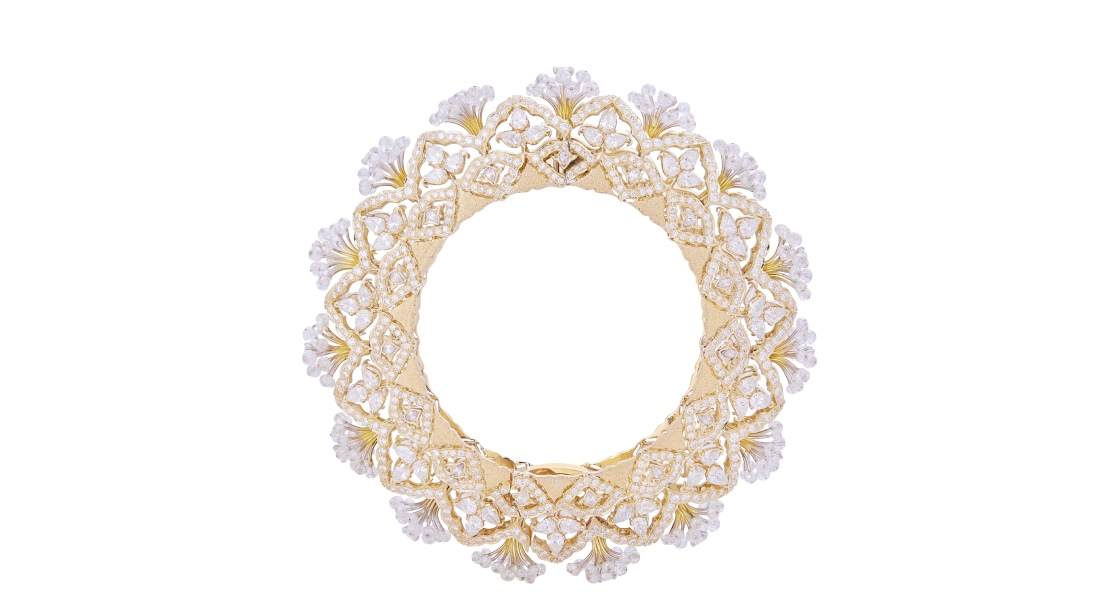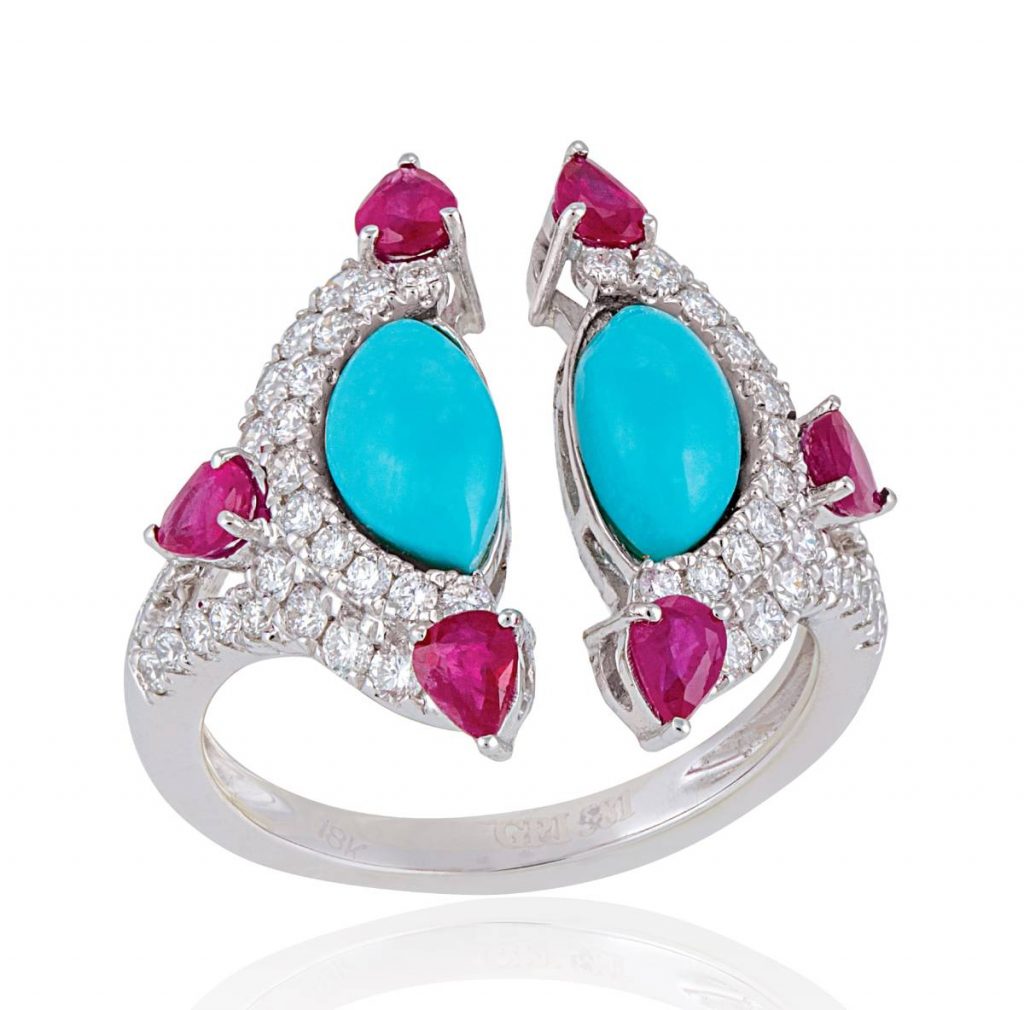Market shifts in the Indian jewellery sector have been mostly gradual, but, at times, radical, as well. Milan Chokshi, Convener, Promotion Marketing, GJEPC, examines the metamorphosis of the Indian jewellery retail industry and the new-age consumer, who is more self-assured in making informed purchase decisions.
Jewellery has been the centre of Indian civilization dating back to over 5,000 years… From being used as body adornments to being linked to cultural mores stemming from mythology and religion, jewellery has been a store of value and a symbol of status.
The retail landscape of the Indian gem and jewellery market, too, has evolved over the years to keep pace with the changing demands of the consumer.
The shrinking breed of family jewellers, who previously stored an amorphous inventory of jewellery categories from daily wear to bridal, are gradually transitioning into product-specific specialists.
Over the last decade or so, specialisation within jewellery categories is becoming a major survival tool. The push obviously has come from the evolved consumer, who is seeking a distinct jewellery piece.
Hi-end boutique jewellers who specialise in particular types of jewellery, are present across upscale locations such as five-star hotels as well as on high streets … Some are specialists in jadau, others only coloured gemstone-set jewels; while a few are creating modern formats exclusively with pearls and fancy-cut diamonds; and others deal in contemporary gold jewellery, or antique temple jewellery, and so on.
The unique DNA of these boutique brands has not only helped them to stand out with their premium offering, but it has also helped them to position their designer collections as a unique category all of their own. This, in turn, attracts a niche clientele willing to pay more for design, special service, and other value additions.
The exponential rise of digital media over the last two years have given luxury jewellers exposure to a vast, previously untapped consumer base. The online channels have allowed for easy business-to-market transactions with little investment, but one that has reaped big dividends. The online channel may constitute a miniscule business vertical of an offline showroom, but it has had maximum impact in reaching out to consumers in creating brand and product awareness. Today, the hybrid online and offline models are in sync.
Thanks to technology that has unlocked creativity over the last decade, the jewellery industry has witnessed huge changes in form, design and cutting-edge manufacturing techniques. The availability of high-tech processes like laser surfacing and 3D printing, to name a few, have brought about new dynamics in jewellery designing, aiding designers to keep the metal weight in check, while including a high design quotient to a piece.
The world of jewellery designing has become more inclusive – one that assimilates radical design ideas with time-honoured templates. The boundaries are blurring to integrate recycled materials (gold, silver, aluminium and more); and the once-peripheral gemstones, such as morganite, quartz, tanzanite, tourmalines, today take centre stage in high-end pieces alongside the Big Three – emeralds, rubies, and sapphires.
Consumers are not hesitant to buy jewellery that has mixed metals or alternative material such as wood, ceramic, glass and so on. They are willing to pay a price if they see value in the product that aligns with their ethics, aesthetics and/or social purpose. This change in consumer attitude has emboldened designers to experiment with their products and break barriers, taking jewellery into the artistic realm.
The new-age customer
The combination of technology and elevated design sense has seen a drastic shift in the aesthetic expressions of the young consumer.
Style meets social responsibility in art, and the shift in the customer’s aesthetics has been strongly influenced by ideologies such as saving the ecology and recycling precious or non-precious material.

Reviving the old is the new norm! Priceless heritage pieces that never see the light of day due to their large or intricate forms, and thus stay as buried treasures only for sentimental reasons, are increasingly being repurposed at the behest of the customer.
Repurposing or remodelling jewellery has become a trend during the last two trying years. Almost on a daily basis, jewellers are getting requests for recycling jewellery or resetting a gemstone into a new piece to make one-off pieces. Doing this not only retains the sentimentality attached to the piece, the piece is redesigned in a way so as to retain the beauty of ancient crafts.
The customer of today doesn’t have a subservient or acquiescent attitude in terms of selecting jewellery for herself.
In today’s age of personalising jewellery to assert one’s individuality, the customer’s clarity of exercising her choices comes from being a well-informed digital native. Thanks to the wealth of data available at her fingertips. Surfing the net, travelling and other experiential luxury shopping has made today’s client most demanding in comparison to her predecessors. The bottom line is that the art of design communicates in its own way – connoisseurs want rich and novel experiences. It’s always about presenting new narratives based on the altered mindset shifts.
However, in spite of the changes, one aspect that has remained constant is the emotional hook associated with jewellery. The joy of acquiring, receiving or gifting jewellery is beyond compare. Jewellery evokes memories of special moments, celebrations, joy, and lasting bonds.



